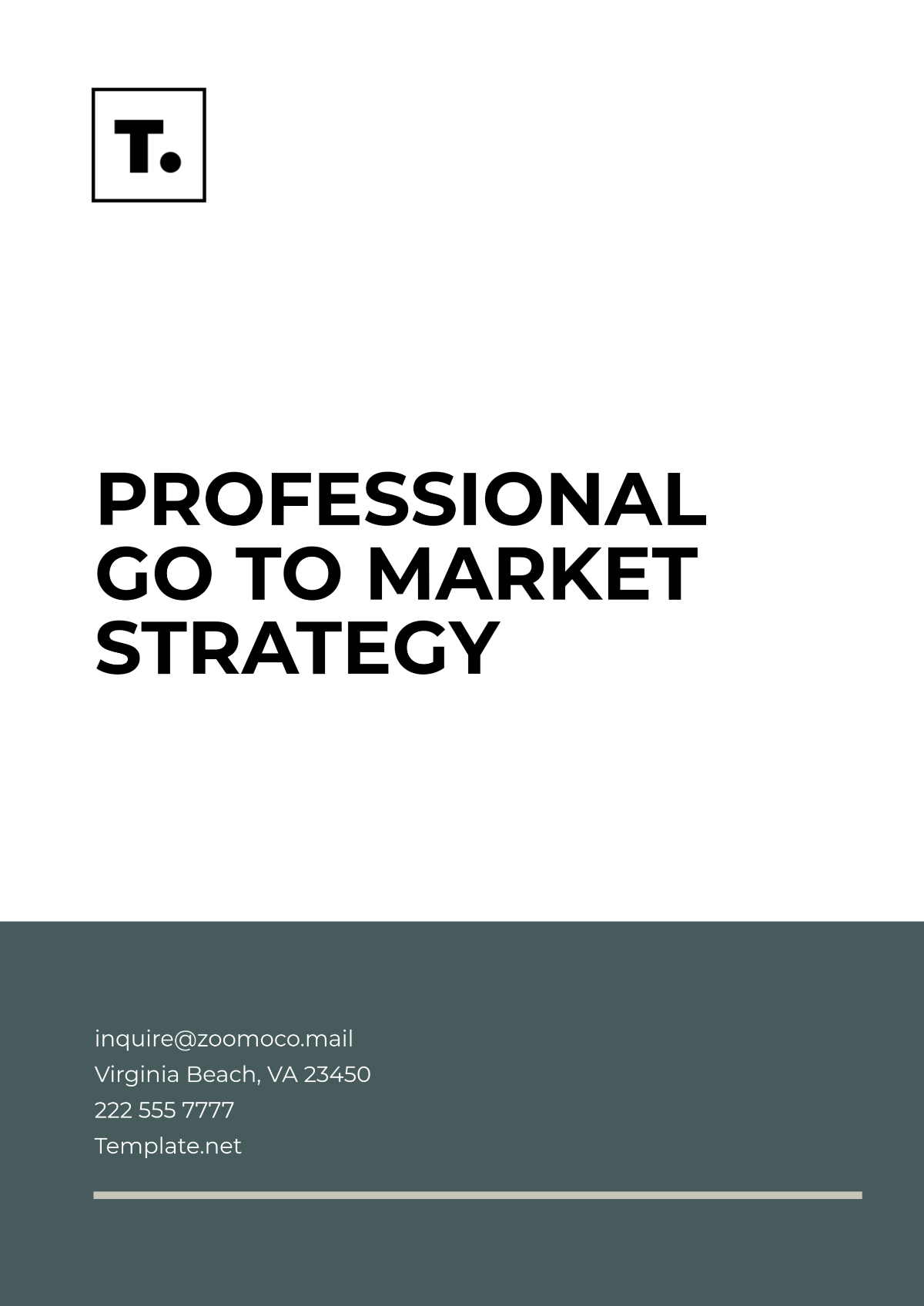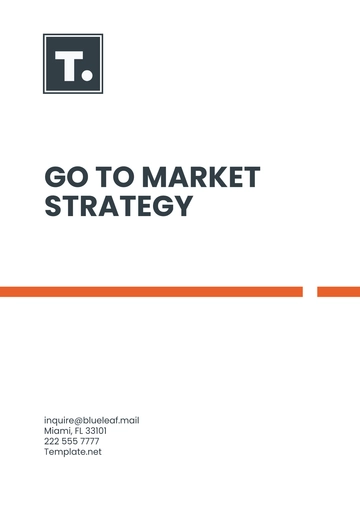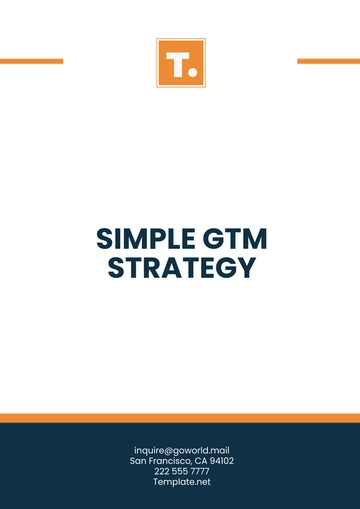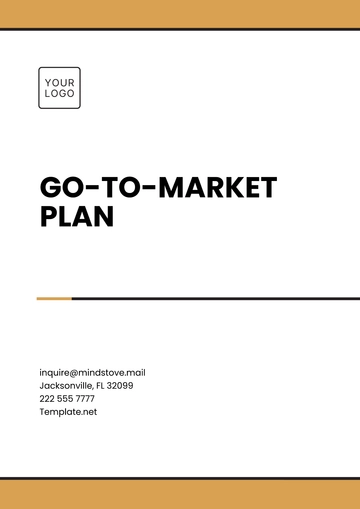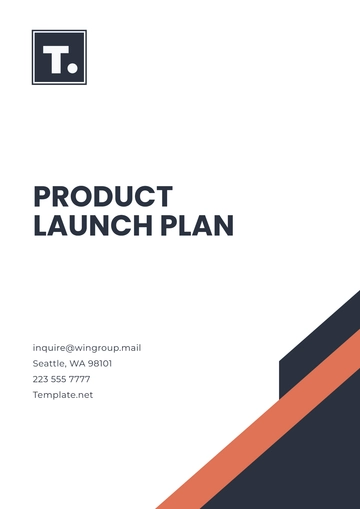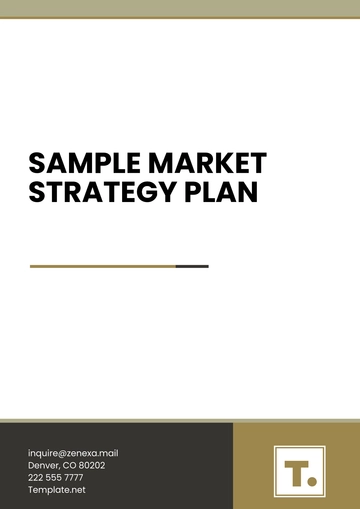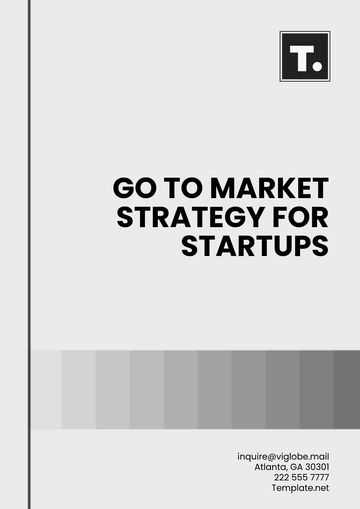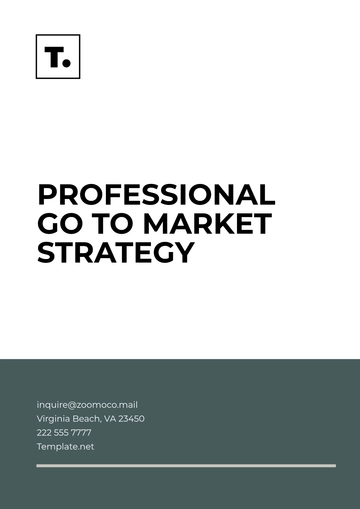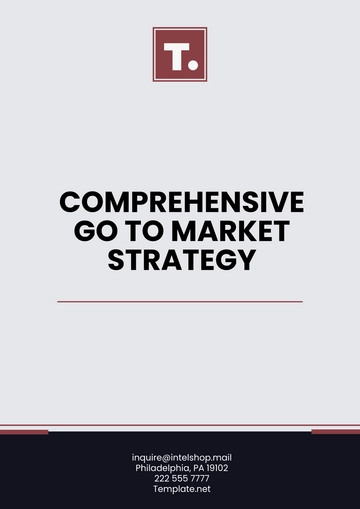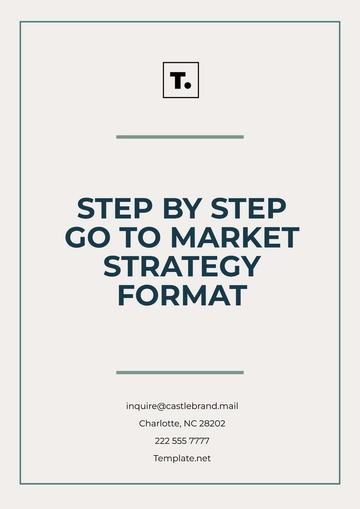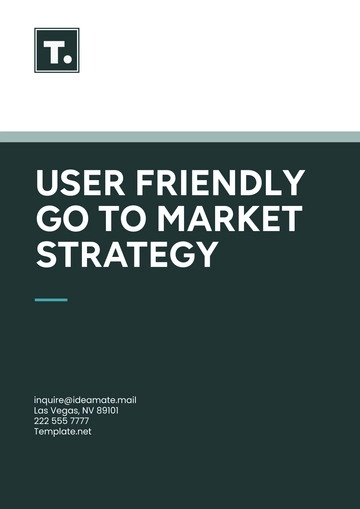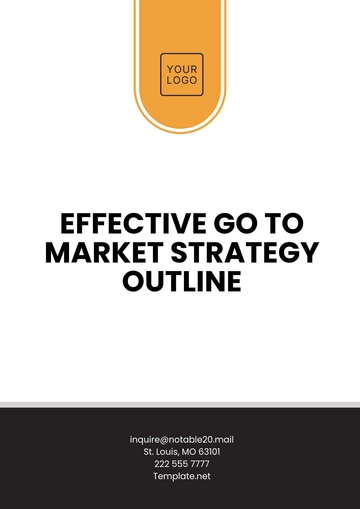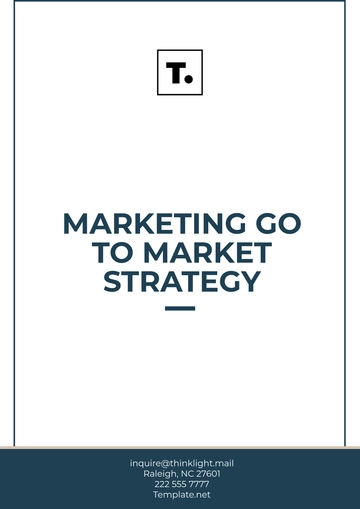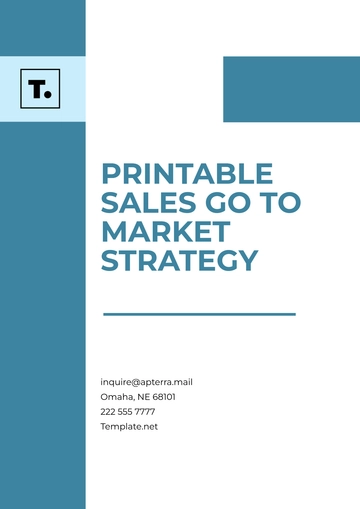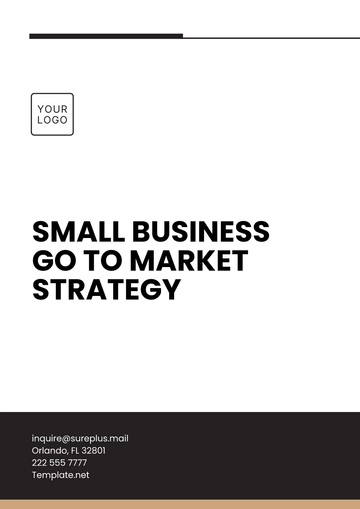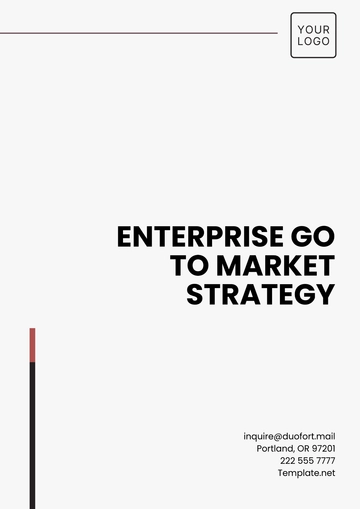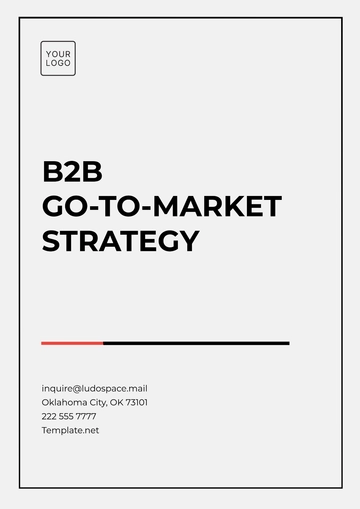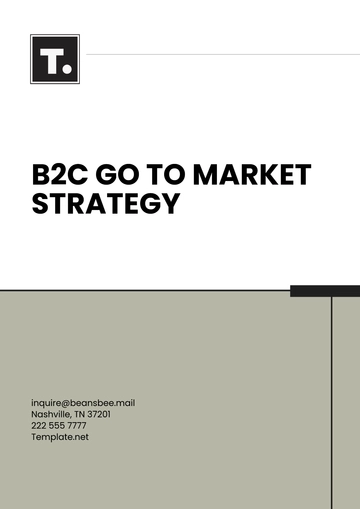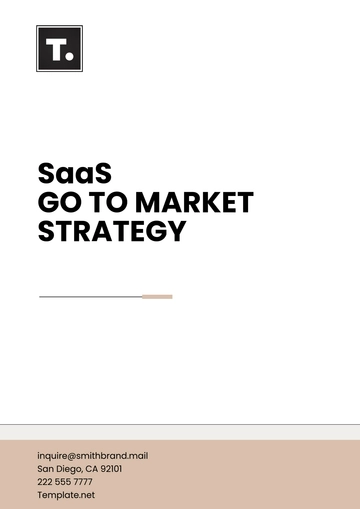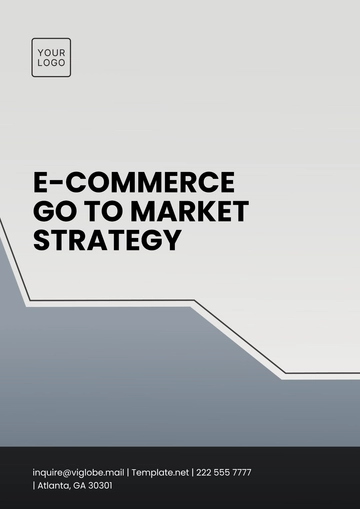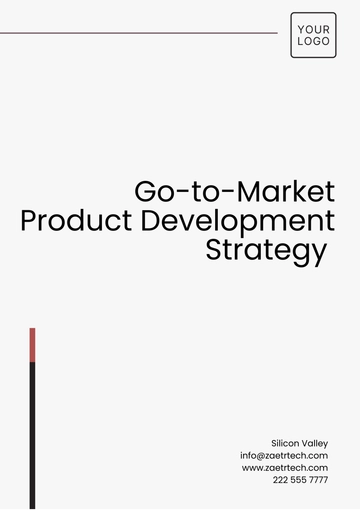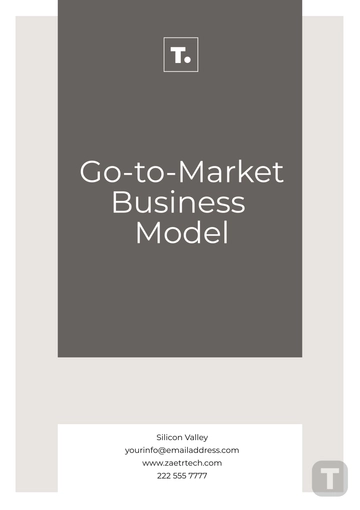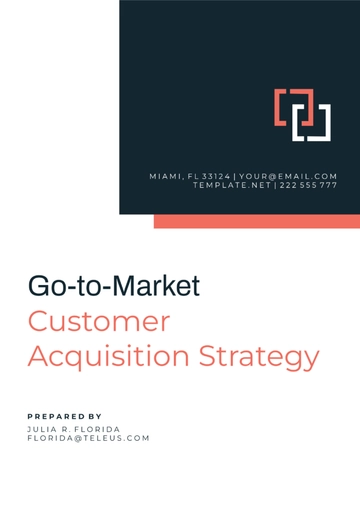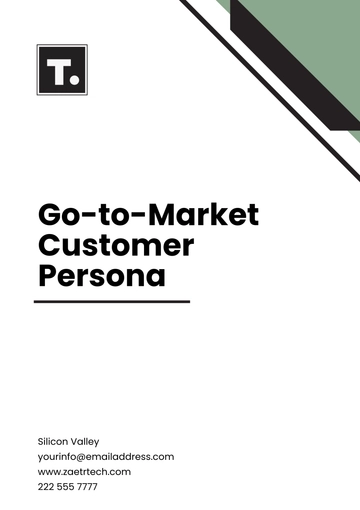Professional Go to Market Strategy
Date: January 7, 2050
I. Market Overview
The technology solutions industry is rapidly expanding due to AI integration and cloud computing. Key competitors like SteelEagle, DynaFive, and BrandVibe dominate various niches. [Your Company Name] aims to target mid-sized enterprises in North America, focusing on healthcare, retail, and logistics sectors.
II. Product Positioning
Aegis360 Suite delivers AI-powered automation, scalability, and custom analytics, offering superior cost efficiency and deployment speed compared to Delvsource and PayCalibur.
Key Benefits:
20% cost reduction for clients.
Deployment within 7 days.
Industry-specific customization.
III. Strategy Outline
Marketing Channels
Social Media (LinkedIn, Twitter): Build brand visibility and drive engagement.
Content Marketing: Leverage blogs and whitepapers for authority.
Paid Ads: Generate high-quality leads.
Sales Approach
Relationship-driven strategy emphasizing personalized demos and ROI-focused pitches.
IV. Key Milestones
Phase | Deliverables | Date |
|---|
Preparation | Market research & team training | Feb 10-20, 2050 |
Launch | Digital campaigns & webinars | March 1-10, 2050 |
Optimization | Analyze metrics & apply feedback | April 15, 2050 |
V. Financial Plan
Category | Budget | % |
|---|
Marketing Campaigns | $120,000 | 40% |
Product Development | $100,000 | 33% |
Sales Enablement | $80,000 | 27% |
Revenue target for Q2 2050: $750,000, with quarterly growth of 25%.
VI. Team Contacts
Project Manager: [Your Name]
Marketing Lead: Beverly Haley
Sales Director: Winona Harvey
Collaborations with BluWave and QuickSync will amplify the impact of Aegis360 Suite.
This streamlined strategy enables [Your Company Name] to secure a competitive position in the technology solutions industry.
Go To Market Templates @ Template.net
